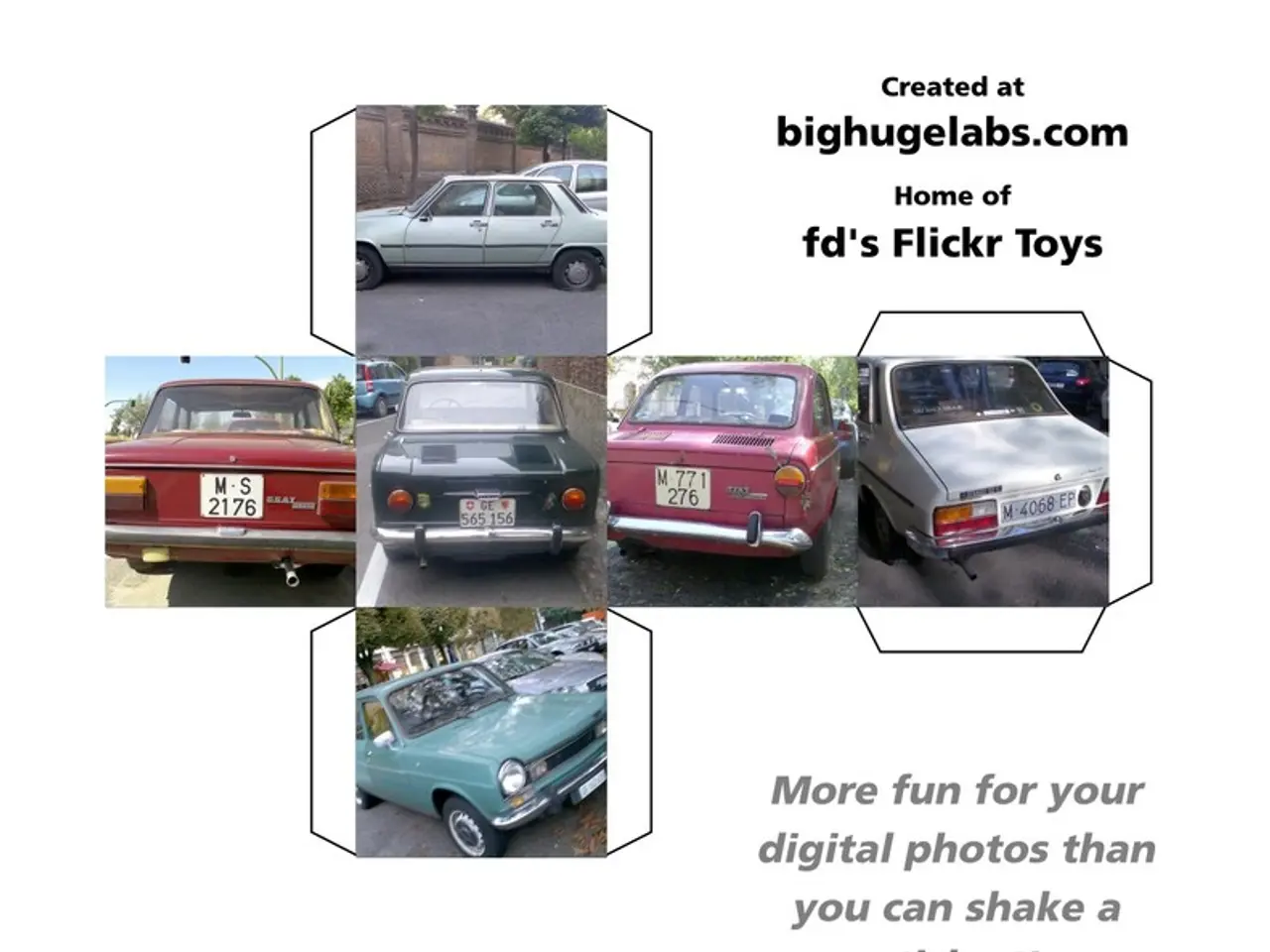In California, operating a Tesla Model Y touchscreen while driving, regardless of the purpose such as adjusting climate control or music, can result in a traffic ticket.
In the world of modern automobiles, touchscreens have become a dominant interior feature, replacing rows of physical knobs and buttons in many electric and gas-powered vehicles. However, the use of these touchscreens while driving has become a contentious issue, with recent regulations focusing on maintaining a hands-free approach.
A Facebook post by Jonji Jison details receiving a ticket in California for using a Tesla's touchscreen while driving, even for adjusting climate control or music. This incident has sparked a debate about the safety and legality of in-car touchscreens.
Shane Sco suggests a "work around" for the ticket issue: tinting windows. However, this solution may not address the core issue of driver distraction. Features in modern vehicles can evolve over time through over-the-air software updates, something physical controls can never do.
Drivers can minimize the hazards associated with touchscreens by setting it before they drive, using voice commands, reducing distractions, using physical buttons if available, and letting someone else manage the screen if possible.
The question of whether the ticket given to Jonji Jison was justified has been raised by Christopher Blair, who questions why her lights were not on. Joni, in response, states that officers can cite anyone who appears too distracted while driving, regardless of the vehicle or location.
The push towards stricter hands-free laws has intensified recently, with many states adopting more stringent rules. As of mid-2025, most U.S. states have implemented regulations banning the use of handheld phones and devices while driving, including interacting with in-vehicle touchscreens.
New York State enacted a comprehensive "No Touch" law on June 5, 2025, making it illegal to touch your phone or any smart device while driving—even when stopped in traffic or at a red light. Violations can lead to fines, points on the driving record, and possibly license suspension, especially for junior drivers. The only exception is using a device to call 911 for emergencies.
Similarly, South Carolina introduced a hands-free law effective September 1, 2025, which prohibits drivers from holding or manually using their phones, banning texting, talking, or any handheld interaction while driving.
The results of a test conducted by the Swedish magazine Vi Bilägare compared 11 modern cars with a 2005 Volvo V70 equipped with traditional buttons and knobs. The Volvo V70 outperformed all touchscreen-equipped vehicles in completing the tasks quickly and with minimal distraction from the road. At 68 miles per hour, a vehicle covers over 1,000 feet in just ten seconds. In the worst-performing vehicle in a test, the driver's eyes were off the road for a total of 4,501 feet (nearly the length of 16 football fields).
Legal experts are beginning to raise alarms about the lack of regulations regarding touchscreen interaction while driving. The touchscreen in the Tesla Model Y, for instance, is part of a design choice aimed at efficiency, flexibility, and cost-effectiveness. However, its use while driving can potentially delay reaction times and amplify the risk of accidents.
In conclusion, the current regulations typically require drivers to operate their phones and in-vehicle smart devices in a hands-free manner only, forbidding touching or manually manipulating touchscreens while driving. Exceptions are narrowly defined and enforcement includes fines and possible license penalties. The push towards stricter hands-free laws has intensified recently, with many states adopting more stringent rules in 2025. Driving safely demands full attention, and a short lapse caused by reaching for the radio or navigating a menu can increase the risk of a crash.
- The debate about the safety and legality of in-car touchscreens has extended to other sectors, such as the transportation industry, finance, and even technology, where gadgets like smartphones are commonly used.
- As the automotive industry continues to integrate technology into vehicles, concerns about driver distraction are rising, prompting discussions about the role of touchscreens in the context of financial regulations and ethical responsibilities.
- In the realm of modern transportation, the evolution of touchscreen interfaces is not only limited to automobiles; it's also becoming a dominant feature in various modes of transportation, such as public transportation systems, further emphasizing the need for hands-free laws and safe driving practices.




